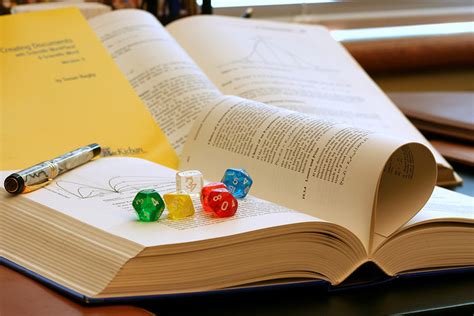Introduction

Probability is a fundamental concept in mathematics and statistics that measures the likelihood of an event occurring. It plays a crucial role in various aspects of our daily lives, from scientific research to decision-making. The SAT, a standardized test for college admissions, often includes probability questions to assess students’ understanding of this essential concept.
This comprehensive guide aims to provide you with a thorough understanding of SAT probability questions by covering the following key areas:
- Basic Probability Concepts: A review of the fundamental concepts of probability and its applications.
- Types of SAT Probability Questions: An overview of the different types of probability questions that may appear on the SAT.
- Strategies for Solving Probability Questions: Effective methods and techniques for solving various probability problems.
- Practice Questions and Solutions: A collection of practice problems with detailed solutions to enhance your understanding and preparation for the SAT.
Basic Probability Concepts
Probability quantifies the likelihood of an event occurring and is expressed as a value between 0 and 1, where:
- 0 indicates that the event is impossible.
- 1 indicates that the event is certain.
Types of SAT Probability Questions
SAT probability questions vary in their complexity and can be categorized into three main types:
- Basic Probability Questions: These questions test your understanding of the definition of probability, independence of events, and conditional probability.
- Counting Questions: These questions assess your ability to count the number of possible outcomes in a given situation.
- Combinatorics Questions: These questions involve the use of combinatorial techniques such as permutations and combinations to determine the number of possible arrangements or selections.
Strategies for Solving Probability Questions
Solving probability questions effectively requires a combination of understanding the underlying concepts and employing appropriate strategies. Here are some tips:
- Define the Sample Space: Identify all possible outcomes for the given situation.
- Determine Favorable Outcomes: Count the number of outcomes that satisfy the given conditions.
- Use Probability Formula: Apply the formula P(E) = favorable outcomes/total outcomes to calculate the probability of the event.
- Consider Conditional Probability: Determine the probability of one event occurring given that another event has already occurred.
- Apply Counting Techniques: Use permutations and combinations to enumerate the number of possible outcomes in complex situations.
Practice Questions and Solutions
-
Basic Probability: If a fair coin is flipped twice, what is the probability of getting heads on both flips?
– Sample Space: HH, HT, TH, TT
– Favorable Outcome: HH
– P(HH) = 1/4 -
Counting: How many different three-digit numbers can be formed using the digits 1, 2, and 3?
– Permutations of 3 objects: 3P3 = 3! = 6
– Total different three-digit numbers: 6 -
Combinatorics: A club has 10 members. In how many ways can a president, vice president, and secretary be selected?
– Combinations of 3 out of 10: 10C3 = 120
– Total ways to select officers: 120
Conclusion
Mastering probability questions on the SAT requires a solid understanding of the fundamental concepts, effective problem-solving techniques, and ample practice. By utilizing the strategies and practicing with a variety of questions, you can significantly improve your chances of success on the SAT and in future endeavors that involve probability.
FAQs
-
Why is probability important for the SAT?
– Probability questions test your mathematical reasoning and analytical skills, which are essential for success in college and beyond. -
What are the most common types of SAT probability questions?
– Basic probability questions, counting questions, and combinatorics questions. -
How can I improve my performance on SAT probability questions?
– Understand the basic concepts, practice regularly, and utilize the strategies outlined in this guide. -
Is it possible to get a perfect score on SAT probability questions?
– Yes, but it requires a deep understanding of the material and a lot of practice. -
How does probability apply to real-life situations?
– Probability plays a crucial role in decision-making, risk assessment, and various fields such as finance, healthcare, and engineering. -
What is the most important thing to remember about SAT probability questions?
– The key is to approach them systematically and use the appropriate concepts and techniques to solve them accurately.
